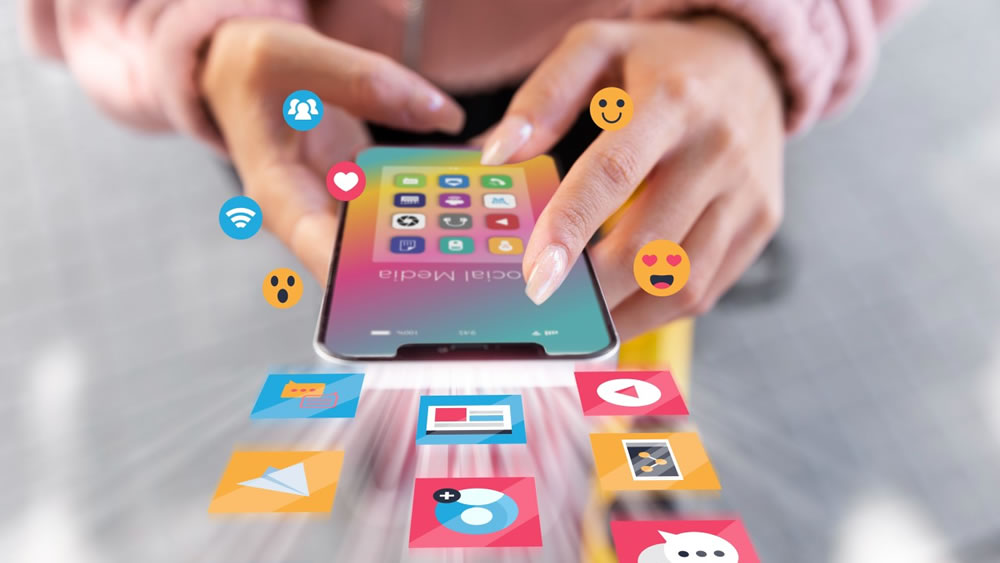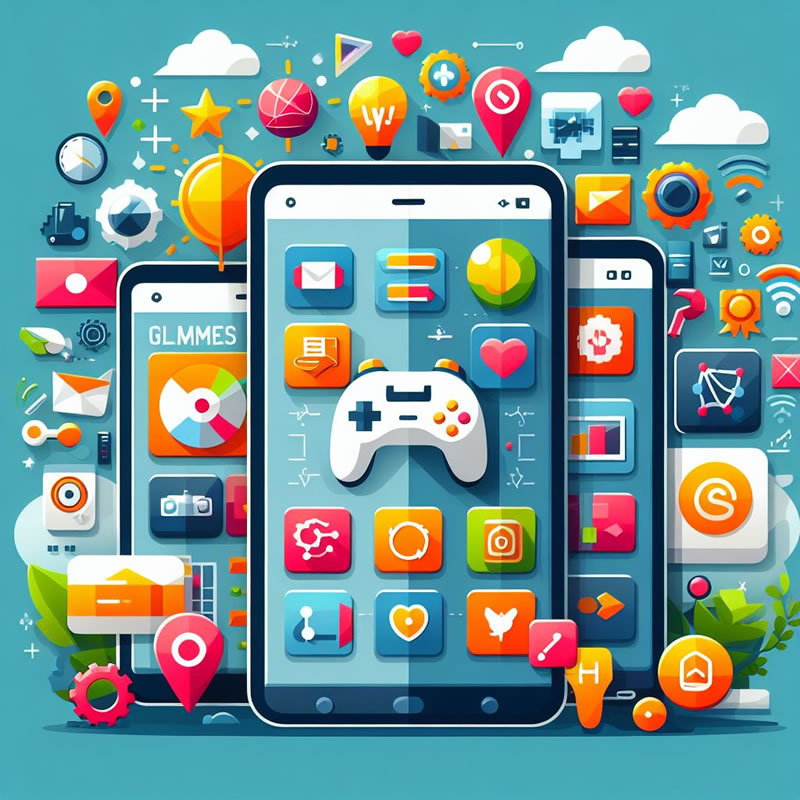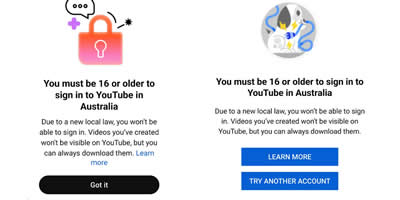
The New UX: Designed to Hook
In the past, the initial social apps had a design that allowed people to scroll without being active and it had clean feeds. Modern ones are more of games – full of colors, very interactive, with a special response to each touch. Things like Snapchat streaks or Instagram engagement badges are more than just fun add-ons – they prompt certain behaviors. Such elements have been borrowed from the logic of mobile games and are used to make users return on end.
Consider the algorithm of TikTok; instead of just giving out contents, it conditions people to want quick and easy rewards just like those from a slot machine. It is similar to a gaming reward system where the “next awesome video” cannot be predicted. You get more and more hooked the longer you scroll.
And this gamified design language isn’t exclusive to entertainment platforms. It also shows up in mobile-first industries that rely on high engagement — for example, those who visit top betting sites in Zambia will recognize similar interactive patterns: fast feedback, rewards, and the thrill of unpredictability. These aren’t just features — they’re psychological hooks engineered to keep users coming back.
Leaderboards, Loyalty, and Leveling Up
Gamification isn’t just visual. Many apps now track user behavior to simulate “leveling up.” Platforms like Reddit use karma points. Discord offers leveling bots. Even Duolingo rewards consistency with leaderboards and XP. This taps into the same psychological rewards we get from gaming achievements.
Some platforms now build loyalty systems that mirror those found in gaming and gambling ecosystems. VIP badges, elite tiers, and even early-access perks are increasingly part of the social experience. Users aren't just participants — they're players trying to win status.

The Rise of “Social-Play” Hybrids
A newer trend is the rise of social-play environments: apps that blend chat, interaction, and game-like features. Platforms like Bunch or Plato let friends play casual games together while chatting in real time. Even dating apps are experimenting with this — Bumble’s "Night In" feature allows users to play games on virtual dates.
This hybridization opens the door for platforms that center entertainment as the social glue. And it’s not just about puzzles or trivia. There's a growing niche for platforms that mimic the thrill of games of chance — think spinners, scratch-offs, and timed challenges — all packaged within sleek, socially-driven interfaces.
When Play Turns Into Risk — and Why That’s the Point
Interestingly, some apps are blurring into entertainment spaces where risk becomes part of the appeal. These are built not just for fun, but for excitement. Online spaces that simulate casino-style experiences are growing in popularity, particularly in mobile-first markets.
These platforms don’t rely on traditional social feeds. Instead, they offer rapid-fire interaction, real-time competition, and a sense of presence. Players chat, celebrate wins, and engage with live hosts — creating a social loop that’s far more interactive than passively scrolling through stories.
And here’s the twist: many of these apps don’t even call themselves games. They’re “entertainment hubs” or “interactive communities.” But their DNA is unmistakably inspired by mobile gaming — and their success lies in combining emotional connection with the thrill of chance.

Why This Shift Matters
As social media evolves, attention spans shrink — and the competition for user time intensifies. The platforms that succeed will be the ones that entertain as much as they inform, that create feedback loops as powerful as any game, and that understand that users aren’t just audiences — they’re players.
From swipes to spins, likes to leaderboards, the next generation of social media is less about connection and more about compulsion. And for platforms paying attention, that’s exactly the point.



























